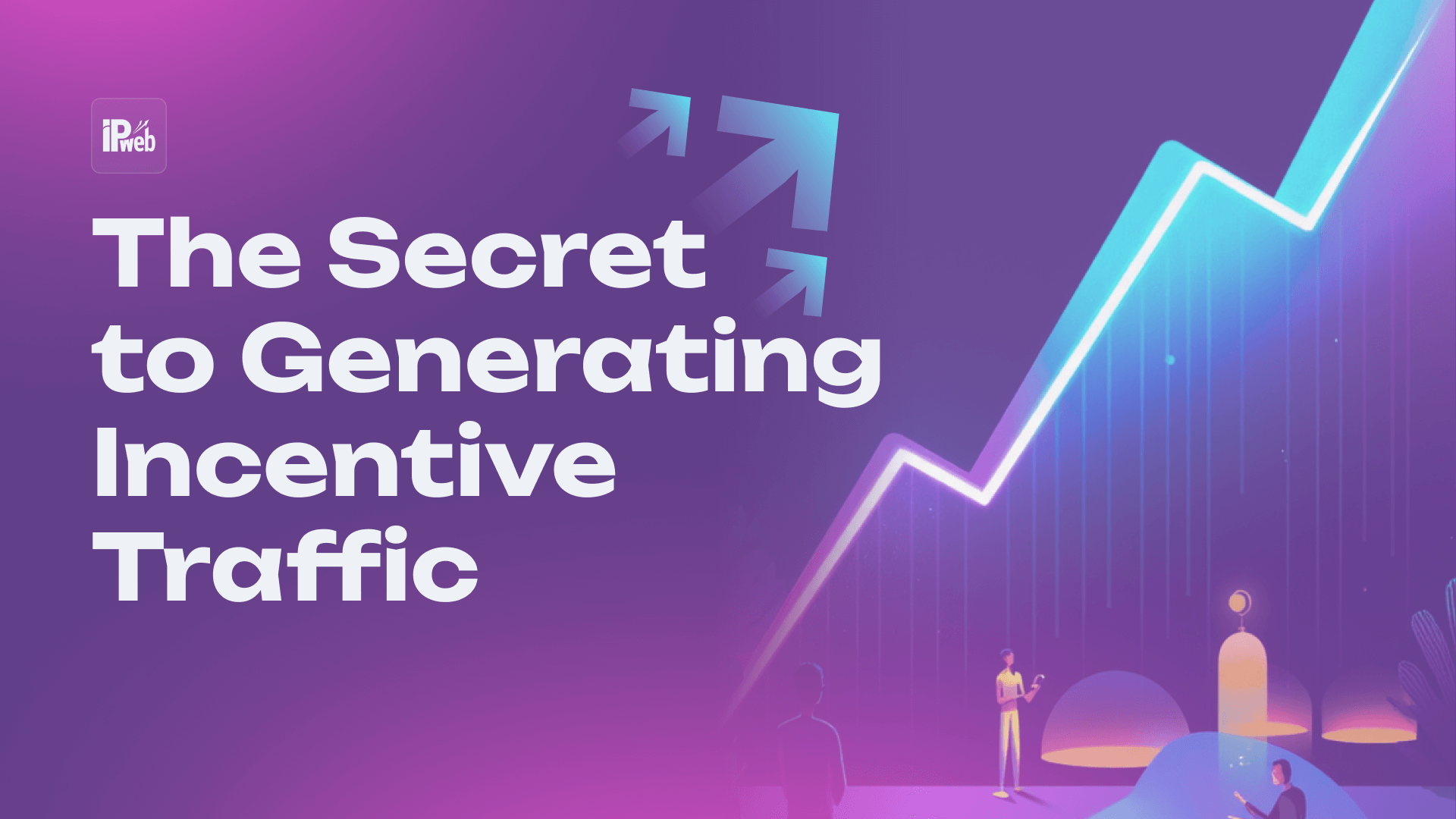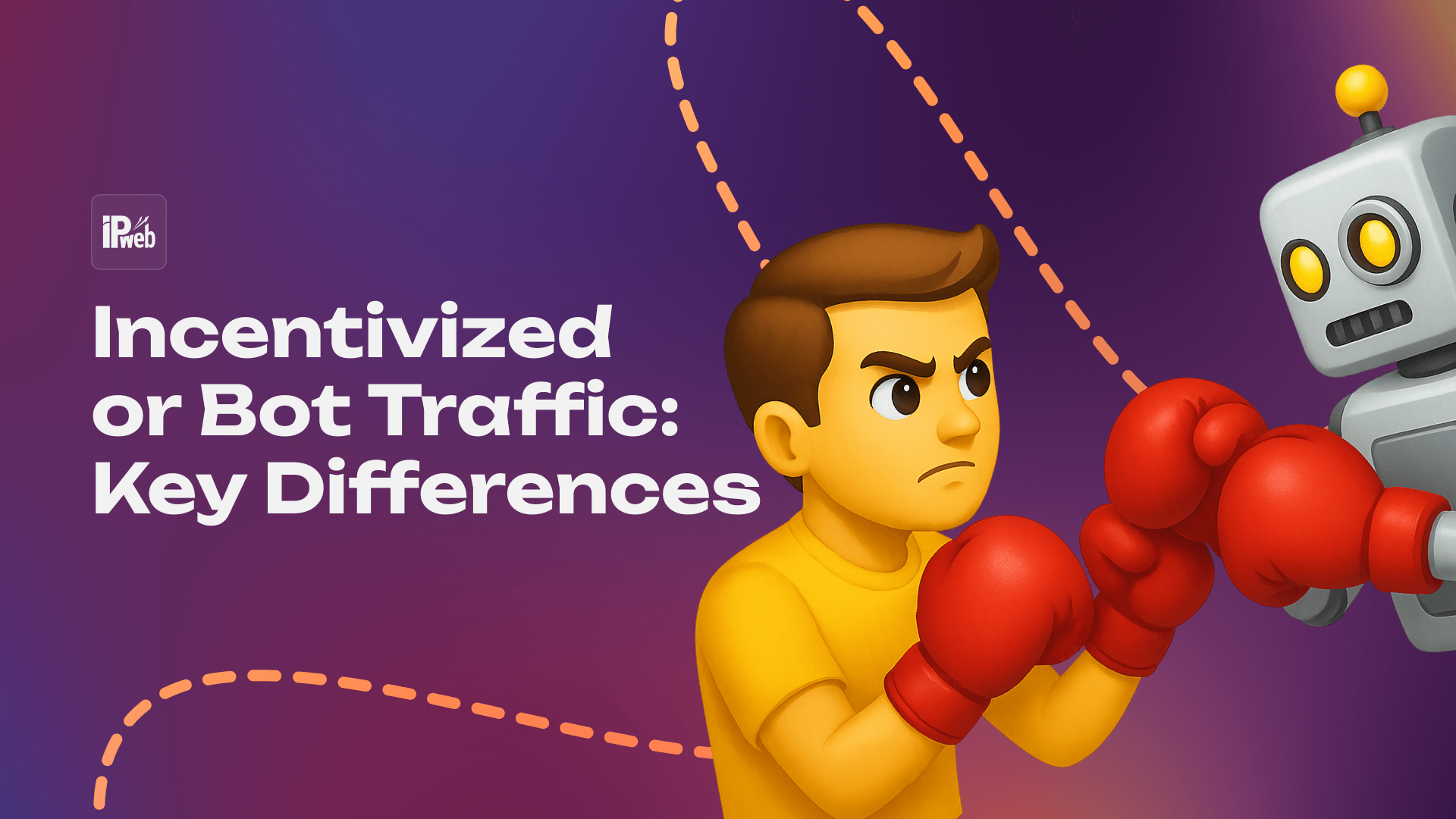Getting users to visit your website is only half the battle — keeping them there is where real value begins. User retention refers to the ability to keep visitors engaged and coming back. It’s a critical metric that reflects how well your site holds attention, encourages interaction, and supports business goals like conversion optimization and brand loyalty.
High bounce rates and short session times often point to poor user experience (UX), irrelevant content, or technical issues like slow loading. On the flip side, websites that are fast, easy to navigate, and packed with useful content tend to have stronger website engagement and higher retention.
Why does this matter? Because search engines love user signals. When people stay longer, explore multiple pages, and interact with your content, it sends a strong message to Google that your site offers real value. As a result, user retention contributes directly to better visibility in search results.
From website design and page speed to a well-planned content strategy and strong call to actions (CTAs), many elements influence whether users stick around or leave. In this article, we’ll break down these factors, show you how to measure them, and explore both classic and clever ways — including some automated tools — to improve retention and turn visitors into loyal audiences.
Understanding User Retention Metrics
User retention measures how well your website holds a visitor’s attention over time. Unlike traffic volume, which counts visits, retention shows whether users find your site valuable enough to stay, explore, and return. It’s a key signal of website engagement, and a strong indicator of overall user satisfaction.
It’s important to distinguish user retention from bounce rate. While bounce rate tracks the percentage of users who leave after viewing just one page, retention looks at how many return or continue interacting. A site can have high traffic but low retention if people don’t find what they need or feel overwhelmed.
To understand how your website performs, focus on these core KPIs:
- Time on site: The average duration users spend on your site. More time typically means more interest.
- Pages per session: How many pages a visitor explores in one visit. A higher number indicates deeper engagement.
- Return visitors: Users who come back after their initial visit. This shows lasting interest and trust.
Monitoring these metrics over time reveals how well your content strategy, user experience (UX), and overall website design are working. Consistent improvements in these KPIs usually correlate with better conversion optimization and stronger SEO rankings.
How to Analyze User Retention Effectively
Tracking user retention starts with the right tools. Google Analytics is the standard go-to for most websites. It helps you monitor time on site, bounce rate, and return visitor frequency. Within the Audience and Behavior reports, you can spot patterns — like which pages users exit from or where they spend the most time.
Hotjar and session recording tools offer more detailed insights. These platforms visually show how users navigate your pages through heatmaps, scroll maps, and recorded sessions. They help pinpoint UX issues like confusing menus, dead buttons, or areas where users lose interest.
By combining quantitative data (Google Analytics) with qualitative insights (Hotjar, session recordings), you get a full picture of how people interact with your site. Do they stop at your homepage? Are they reading articles fully or bouncing halfway through? Are CTAs being clicked?
Interpreting this data enables you to fine-tune your site experience, improve navigation flow, and adjust call to actions or layout elements that aren’t working. This process is at the heart of effective user retention — letting real user behavior guide smarter design and content decisions.
Optimizing Website Design for Better Retention
Your website’s design has a direct impact on user retention. If visitors can’t find what they’re looking for or the layout feels cluttered, they’ll leave — and fast. A clean, intuitive design with seamless navigation keeps users engaged and encourages them to explore further.
Intuitive navigation means users always know where they are and how to get where they want to go. Menus should be simple, consistent across pages, and mobile-friendly. For example, a sticky navigation bar helps users jump to other sections without having to scroll all the way back up.
Responsive design is no longer optional. With over 50% of web traffic coming from mobile devices, your site must adapt to different screen sizes and load smoothly on smartphones and tablets. Poor mobile design is one of the quickest ways to drive up your bounce rate.
Some best practices for increasing website engagement through better design include:
- Using clear visual hierarchy (headers, spacing, colors) to guide attention.
- Keeping forms short and easy to complete.
- Using buttons and call to actions (CTAs) that are visible, relevant, and easy to click.
- Minimizing distractions — too many animations or pop-ups can overwhelm users.
Even small design tweaks, like improving contrast or speeding up transitions, can positively impact conversion optimization. For brands looking to enhance retention with minimal effort, some platforms now offer automated solutions that simulate user behavior — keeping visitors active longer through subtle, content-driven interactions.
Enhancing Content Strategy to Keep Users Engaged
An effective content strategy plays a central role in improving user retention. Visitors are more likely to stay on a site when the content is not only relevant but also valuable and easy to consume. Whether it's blog articles, product descriptions, or guides, content should address user needs clearly and directly.
To boost website engagement, structure is just as important as substance. Break long texts into short paragraphs. Use headings to guide readers. Include visuals, quotes, and data points to keep interest high. Most users scan pages before deciding to dive deeper — if the content isn’t digestible, they won’t stick around.
Engagement can also be subtly amplified by incorporating interactive elements — such as clickable banners, recommended reading sections, or behavior-based content blocks. These don’t just improve user flow; they keep visitors active longer, reduce bounce rates, and increase the chance of return visits.
Some marketers use automated systems that help simulate natural user interaction — encouraging more time on page, additional clicks, or deeper content exploration. These tools are especially helpful for improving engagement metrics without manual effort and can be configured to match specific campaign goals.
The Impact of Page Speed on Retention
Page speed isn’t just a technical detail — it’s a key driver of user retention. When a website takes too long to load, users lose patience and leave. In fact, research by Google shows that 53% of mobile users abandon a site if it takes longer than three seconds to load. That directly impacts bounce rate, conversion optimization, and overall website engagement.
Fast-loading pages improve the user experience (UX) by creating a smooth and frictionless journey. Users are more likely to stay, explore more pages, and return again later. On the other hand, even a one-second delay can result in noticeable drops in page views and engagement.
To speed up your website, start by testing performance using tools like Google PageSpeed Insights, GTmetrix, or Lighthouse. These platforms highlight issues like large image files, unused scripts, or server response delays. Simple fixes — compressing images, enabling browser caching, and minimizing third-party scripts — can make a big difference.
Additionally, some automated promotion services include tools that simulate real-time interaction and help optimize how quickly content is accessed and displayed — providing not just a faster load time but also smoother engagement behavior for better retention metrics.
Leveraging Call-to-Actions (CTAs) Effectively
A well-crafted call to action (CTA) can make the difference between a passive visitor and an active user. Whether it's clicking a button, filling out a form, or reading another article, CTAs guide users to take the next step — keeping them engaged and improving user retention.
There are several types of CTAs, each serving a different purpose:
- Informational CTAs – "Learn More", "Read the Full Guide"
- Transactional CTAs – "Buy Now", "Start Free Trial"
- Engagement CTAs – "Leave a Comment", "Share with Friends"
- Navigation CTAs – "Next Article", "Back to Top"
To be effective, CTAs should:
- Be clearly visible without being intrusive
- Use action-oriented, concise language
- Appear at natural decision points in the content
- Be tested regularly (A/B testing) for conversion impact
For example, placing a “Discover Similar Topics” button at the end of a blog post can reduce bounce rate and encourage further website engagement.
Some digital marketers also use services that optimize CTA visibility based on real-time user behavior — subtly increasing interaction rates by aligning CTAs with what users are actively viewing or scrolling past. These small adjustments often lead to better conversion optimization without major design changes.
Using Personalization and AI to Improve Retention
Personalized experiences keep users engaged longer. When content matches individual interests, people are more likely to explore further and return. Dynamic content, such as recommended articles or products based on previous behavior, increases website engagement by making the site feel tailor-made.
AI-powered tools make this easy. Recommendation engines, predictive search, and personalized banners guide users toward relevant actions without them needing to search. These technologies improve user experience (UX) and reduce bounce rate by keeping visitors actively involved.
Building a Strong Community Around Your Brand
Community builds connection — and connection builds user retention. When users feel like they’re part of something bigger, they stay longer, engage more, and often become advocates. Forums, comment sections, social media groups, and even Discord servers allow visitors to interact with your brand and each other.
Many successful websites grow through user-generated content. Take TripAdvisor or Stack Overflow — both rely heavily on community contributions to drive traffic and keep users coming back. People visit not just for the content but to participate, ask questions, or help others.
Integrating community features strengthens trust, adds value, and gives users a reason to return beyond the first click.
Encouraging User Participation and Loyalty
Engaged users are loyal users. Offering rewards, exclusive content, or members-only sections creates a sense of privilege and incentive to return. Even small touches — like early access to features or downloadable guides — make a difference.
Gamification is another powerful tool. Features like progress bars, achievement badges, or point systems encourage continued interaction. Visitors are more likely to stay when they see progress or get something back for their time.
Interactive experiences, such as quizzes or polls, can also increase website engagement without feeling pushy. These techniques not only retain users but also deepen their relationship with the brand.
Conclusion
Improving user retention means creating a site that informs, engages, and responds. From fast-loading pages to personalized content and community-building, each element plays a role. Use the table above as a practical checklist to optimize your site, reduce bounce rates, and keep visitors coming back for more.
Table: Summary of Key User Retention Strategies
|
|
|
|
|
|
|
|
|
|
|
|
|
|
|
|
|
|
|
|
|
|
|
|
|
|
|
|
|
|
|
|
|
|
|
|
Oksana Konstantinovna
Internet Marketer



